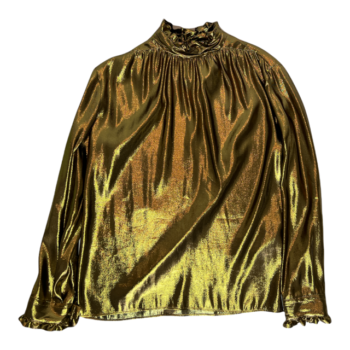Epstein-Barr virus, also known as human herpesvirus 4, is part of the herpes virus family and is one of the most common human viruses globally. In the United States alone, approximately 50% of all children up to 5 years old and 95% of adults have experienced an EBV infection.
What are the symptoms of EBV?
EBV is a common and highly contagious infection through bodily fluids, including saliva, coughing and sneezing, kissing, sharing items such as toothbrushes, and sexual contact. An individual does not have to be symptomatic to pass EBV on to someone else.
In children, those diagnosed with EBV typically don’t show symptoms; if they do, they will be akin to the cold or flu. Teenagers and adults who get the virus will exhibit symptoms for up to 2 to 4 weeks or even longer for certain signs like fatigue. Other symptoms include a sore and/or inflamed throat, fever, swollen lymph nodes, skin rashes, or an enlarged liver and spleen. Because EBV remains dormant throughout our lifetime, some events can trigger a flare-up of symptoms again, including menopause or hormone changes, stress, or a weakened immune system.
Some cases of EBV can lead to mononucleosis (more commonly referred to as mono), a viral infection that leads to fever, sore throat, and swollen lymph glands in the neck. In extremely rare cases, EBV can lead to certain forms of cancer, including Burkitt lymphoma (white blood cell cancer) and nasopharyngeal cancer (nose and throat cancer).
How do you test for EBV?
It can be difficult getting a diagnosis for EBV, considering its symptoms are similar to other illnesses. However, an infection can be confirmed by a blood test that detects antibodies. Approximately 9 out of 10 adults have antibodies that show a current or past EBV infection. Several tests can be run to detect antibodies, including viral capsid antigen (VCA), early antigen (EA), and the EBV nuclear antigen (EBNA).
VCA can showcase two antibodies. Anti-VCA IgM will only appear early in the infection and disappear within 4 to 6 weeks. Anti-VCA IgG will peak 2 to 4 weeks after onset and will decline but persist indefinitely throughout the individual’s lifetime. For EA, Anti-EA IgG tends to become undetectable after 3 to 6 months, and in many individuals, detecting this antibody can point to an active EBV infection. EBNA will appear after an immunofluorescent test 2 to 4 months after symptoms begin and will be detectable throughout the rest of an individual’s life. There is another test called the monospot test. However, it’s not recommended for general use for several reasons. Non-EBV infections can cause antibodies decided by this test, and studies have shown these tests can produce false negative and positive results.
How do you treat EBV?
Once you are diagnosed with EBV, the infection remains in your body. There is no cure for EBV or vaccine to prevent the spread of this disease. The virus will stay in your body for the remainder of your life in a dormant state. However, it can be reactivated, which can thus trigger its common symptoms.
There is no specific treatment for EBV; however, staying hydrated by drinking fluids, resting, and taking medicine for fever and pain can be helpful when dealing with an active infection to help prevent symptoms from worsening. Additionally, though exercise is great for our health, physical activity can worsen matters when dealing with EBV. Excessive exercise can cause a ruptured spleen if EBV causes your spleen to become enlarged.

















